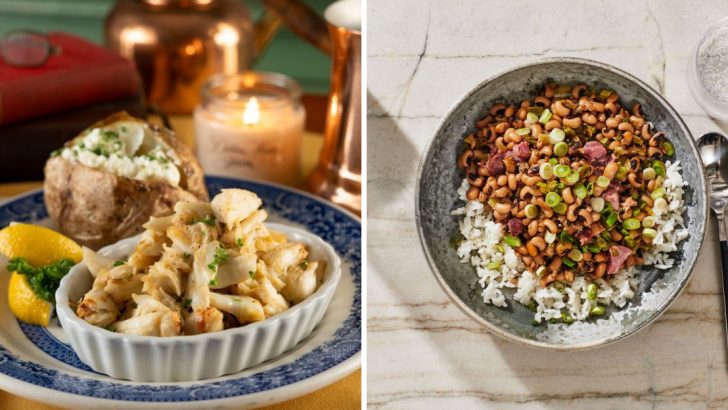The Fourth of July wasn’t always about sizzling grills and heaping plates of potato salad. In 1776, the Founding Fathers gathered around tables set with dishes far removed from modern cookouts.
Simple meats, fresh vegetables, and plenty of punch filled their celebratory feasts. Take a peek into the past and discover what Independence Day really tasted like when America was brand new.
1. Salmon
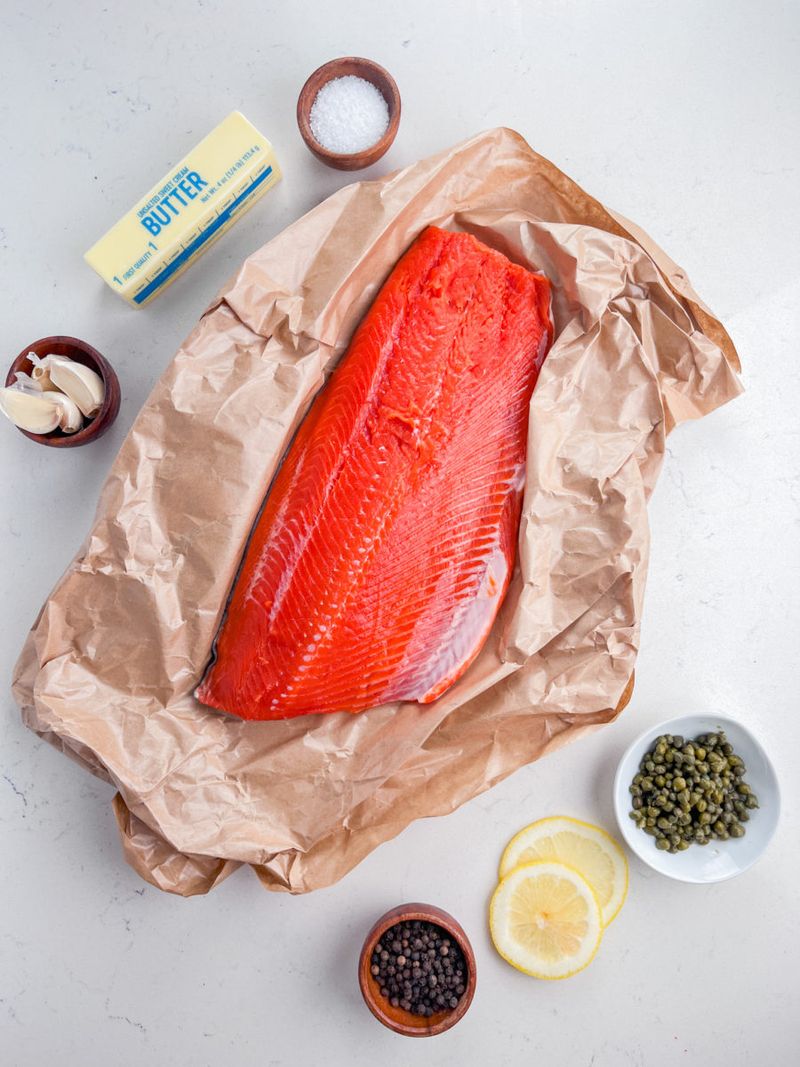
George Washington maintained fishing camps specifically for harvesting these rich, pink-fleshed fish.The Founding Fathers typically enjoyed their salmon smoked, pickled, or fresh-cooked with a simple butter sauce. John Adams particularly loved this nutritious fish served with a side of boiled vegetables.
Unlike today’s farmed varieties, colonial salmon grew naturally massive in the pristine waters of early America, sometimes reaching over 40 pounds in weight.
2. Crab
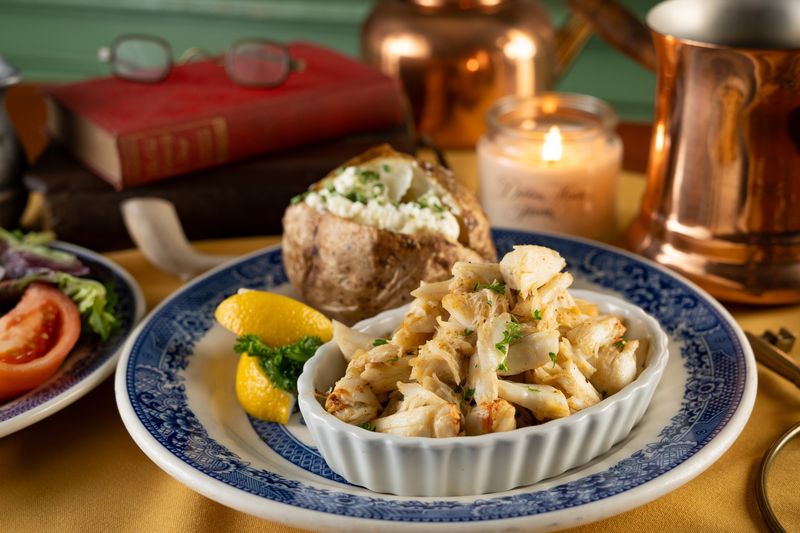
Colonial cooks typically boiled crabs with simple seasonings like salt, pepper, and perhaps a splash of vinegar. The meat would be picked out by hand – a messy but rewarding social activity that brought people together around the table.
Benjamin Franklin reportedly enjoyed teaching French diplomats the proper technique for cracking shells and extracting the sweet meat inside.
3. Oyster
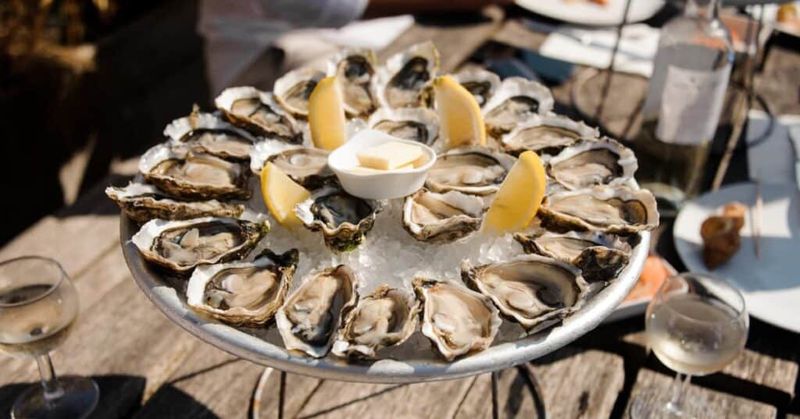
Raw, roasted, or stewed – oysters appeared everywhere in colonial America! These briny bivalves grew so plentifully along Atlantic shores that even common folk could afford them by the bucketful.
Washington adored oysters and frequently ordered them by the barrel to Mount Vernon. The revolutionary generation believed oysters possessed special properties that enhanced virility and intelligence – qualities our founding leaders certainly valued!
4. Shad

Spring brought massive shad migrations up American rivers, timing perfectly with early July celebrations! These silver-sided fish were so important that George Washington operated commercial shad fisheries at Mount Vernon.
Colonial cooks typically split and broiled shad over open flames. The real delicacy, however, was shad roe – the egg sacs – which were considered far superior to the somewhat bony flesh.
5. Turtle Soup
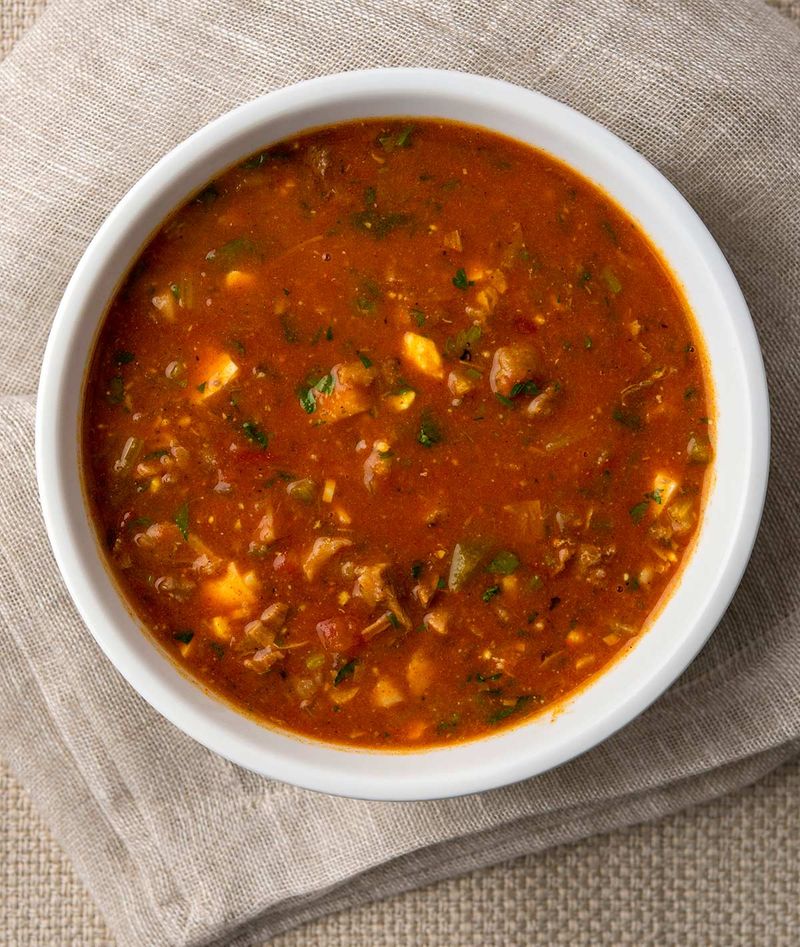
Steaming bowls of turtle soup represented the height of 18th-century culinary luxury! Made from massive sea turtles hauled from Caribbean waters, this rich, complex dish required days of preparation.
The meat would be slowly simmered with Madeira wine, herbs, and spices. Philadelphia’s City Tavern, where many founding fathers gathered, was famous for its turtle soup recipe that included a dash of cayenne pepper for extra kick.
6. Hoppin’ John
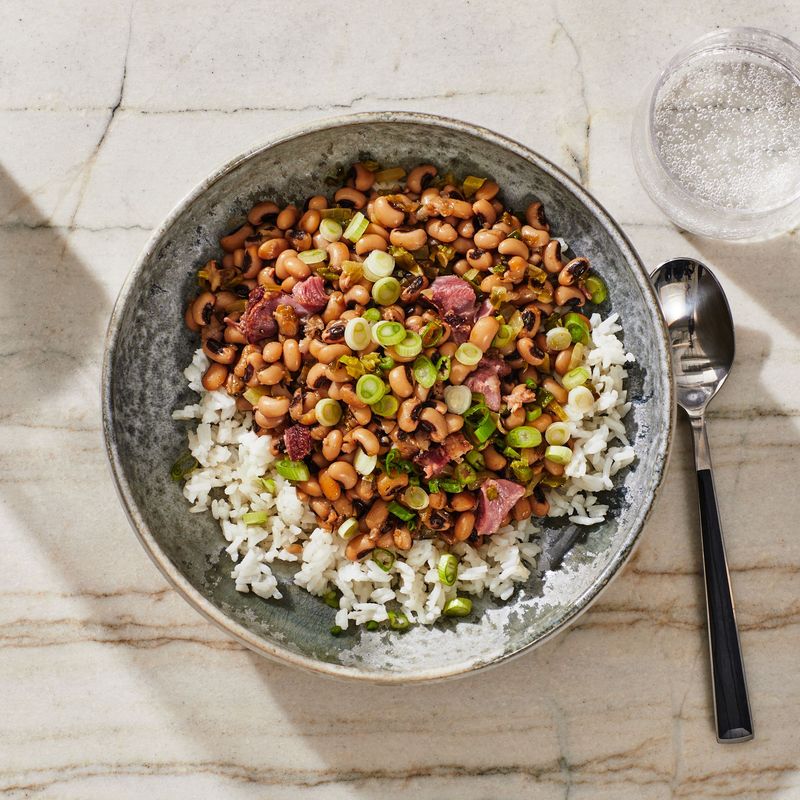
Black-eyed peas and rice formed the backbone of this hearty Southern dish that Thomas Jefferson frequently served at Monticello.
Originally brought to America through the tragic slave trade, this humble meal represented the complex cultural exchanges shaping our young nation. Colonial versions included salt pork, onions, and whatever herbs grew in nearby gardens.
7. Hard Cider
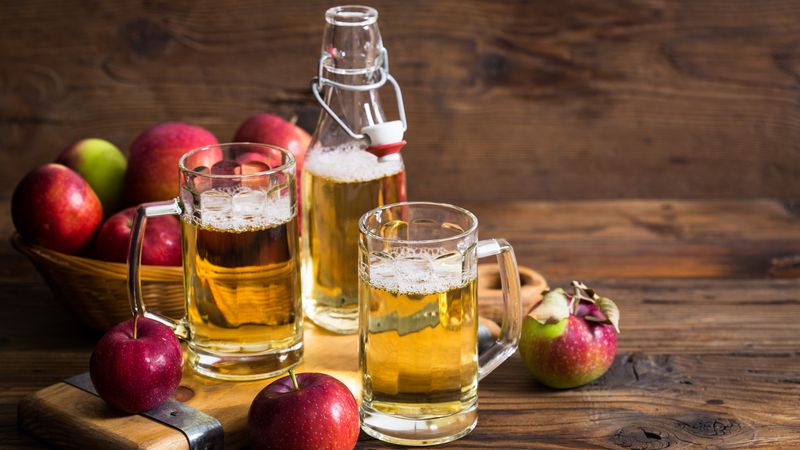
Forget champagne toasts – our founding fathers raised mugs of hard cider to celebrate independence! This fermented apple drink flowed more freely than water in colonial America, considered safer to drink and pleasantly intoxicating.
Colonial orchards produced specific apple varieties grown exclusively for cider-making, yielding drinks that ranged from gently fizzy to potently alcoholic.
8. Ice Cream
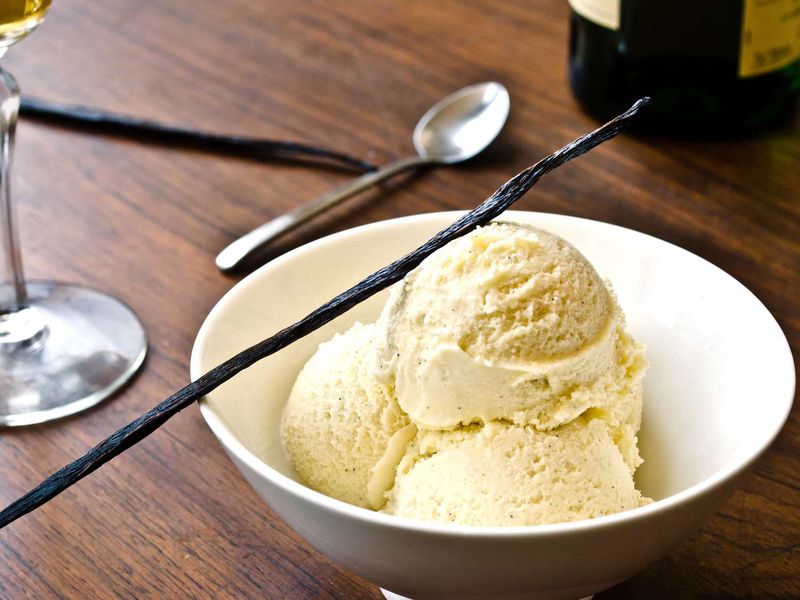
Thomas Jefferson’s obsession with ice cream bordered on revolutionary! After discovering this frozen delight in France, he brought recipes and equipment back to America, making him ice cream’s founding father.
Creating this treat required tremendous effort in the 18th century. Ice had to be harvested in winter and stored underground in ice houses, then mixed with salt to create freezing temperatures for the cream mixture.
9. Great Cake
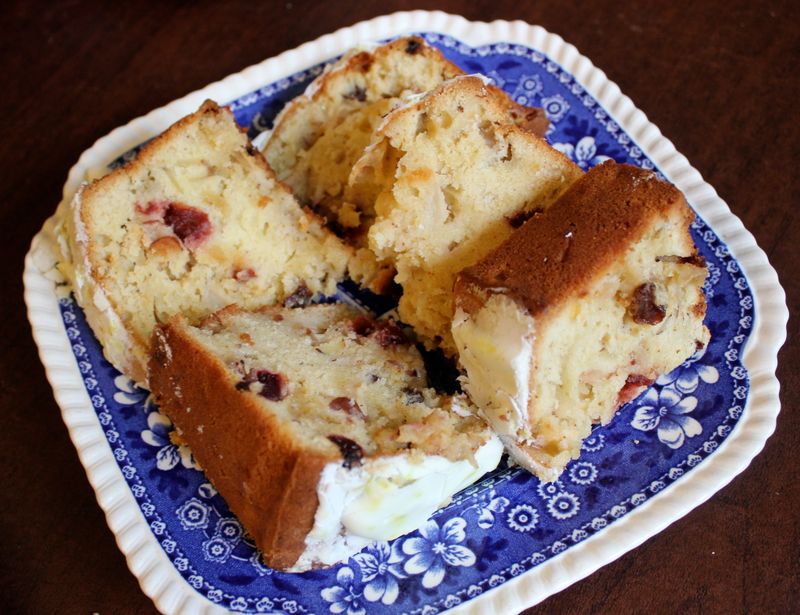
Martha Washington’s famous Great Cake recipe called for 40 eggs and 4 pounds of butter! This massive, fruit-studded creation resembled what we might call fruitcake today, but was far more elaborate and prestigious.
Preparing this showstopper required tremendous labor – butter and sugar had to be beaten by hand for hours until fluffy. Expensive imported ingredients like currants, raisins, and mace demonstrated the Washington family’s wealth and social standing.
10. Peas
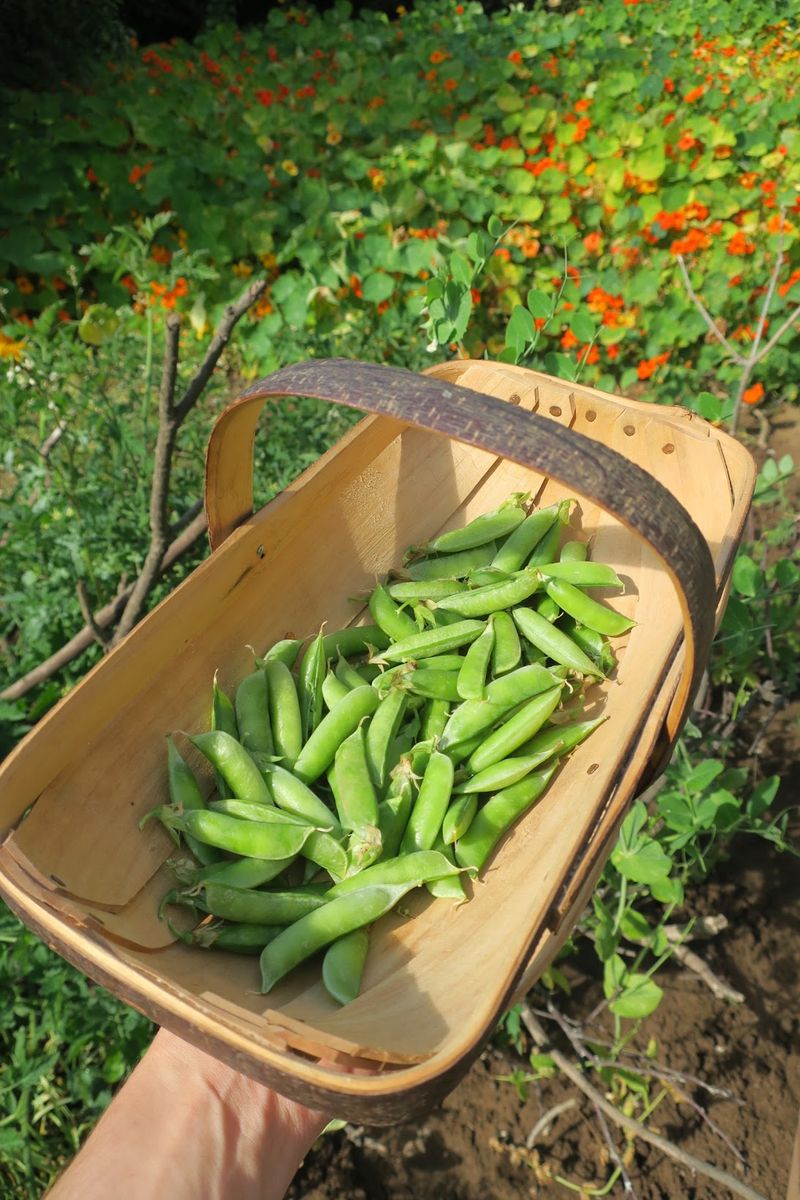
By early July, fresh peas would still be available in northern colonies. Typically served simply buttered or in a cream sauce, these green gems represented the agricultural ideals many founding fathers championed.
Jefferson meticulously recorded planting 15 varieties of peas at Monticello. Washington’s Mount Vernon garden likewise devoted significant space to this favored vegetable, showcasing how even revolutionary leaders remained connected to the rhythms of farming.
11. Boiled Potatoes

Humble spuds played a revolutionary role in colonial independence! Initially viewed with suspicion when introduced from South America, potatoes became crucial sustenance during the Revolutionary War.
Washington mandated potato cultivation at Valley Forge to help feed his starving troops. By 1776, these tubers had earned respected places on patriotic tables, typically boiled and dressed simply with butter, salt, and perhaps chopped parsley.
12. Cornmeal Hoecakes
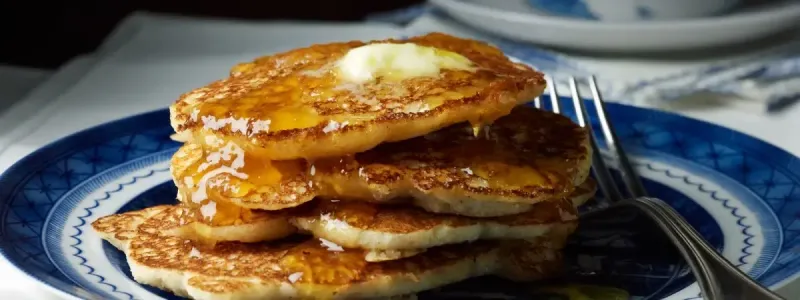
These simple pancake-like breads represented America’s native grain and agricultural self-sufficiency.
Originally cooked on the flat metal blade of a field hoe over open flames (hence the name), hoecakes by Washington’s time were prepared in cast iron skillets in proper kitchens. The recipe remained elemental: cornmeal, boiling water, and perhaps a bit of salt.

